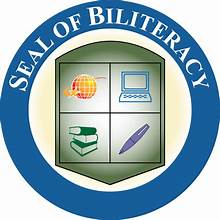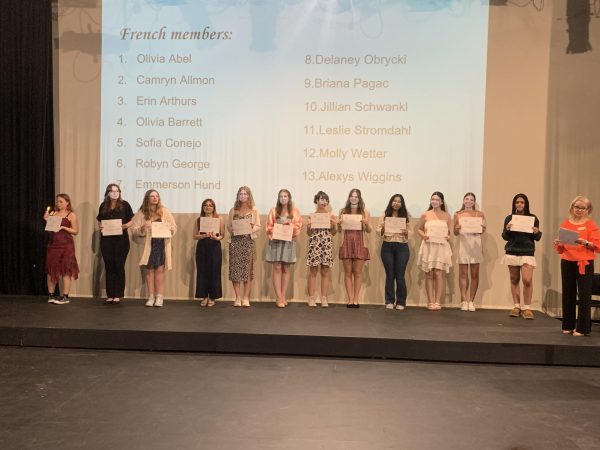COVID-19 affects teachers, students both in school and at home
Due to the COVID-19 pandemic, teachers have had to make any changes to how they teach and to their own personal lives.
“It’s really sad and depressing. Like you can talk to people through a computer, but you can’t get to know them like you do when we are in school. And that’s what I miss, the relationships you build with the kids. Having to teach over the computer has been a struggle for me because I am such a people person, and that’s why I got into teaching, to teach in person exercising, getting to know my people in person not only through a computer,” said P.E. teacher Bobette Byrne.
The COVID-19 pandemic has not only affected many families of students in school, but it has also affected many teachers’ families as well.
“My family, including my son in college, had the virus when he came home from college. In March, he had minor symptoms, like loss of smell and itchy throat, and I think we all had it right in the beginning when everything started breaking out. So we definitely started to be more safe, disinfecting our house, washing our hands, and trying our best to live our lives as normal as we can,” Byrne said.
The pandemic has also struck fear in students and has affected their in-person learning environment as well.
“COVID-19 hasn’t slowed down, and too many students in the school make me nervous. I don’t want to risk myself or my family’s health and possibly cause a spike in COVID cases if I’m not careful,” said senior Jonathan Torres.
The COVID-19 pandemic has spread to many families of teachers and students. It’s very difficult for some teachers to come back to that full in person-environment due to the current incurability of the virus.
“My worst fear would be contracting this virus and infecting my much younger kids at home. Their immune system is weaker, and they might not be able to fight the virus like I can, and just the thought of losing anyone close to me is scary. Contracting the virus and affecting a close one would be my worst fear,” said history teacher Cendy Ortiz.
Teachers and students are also taking many precautions and doing their best to prevent the virus from spreading, especially when going to public or overcrowded environments.
“I’m definitely taking precautions when I go out to the grocery store. I always make sure I’m wearing my mask and gloves and trying to social distance as much as possible. You know it’s the little things you have to avoid like if there are too many people waiting to check out at one line, I just go to another. You know, to avoid the problem of overcrowding and enforce social distancing everywhere I go. I feel it is the best thing to do with everything going on,” Ortiz said.
A lot of teachers had different visions about what full-time in-person learning would look like, and many had worries about whether or not it would be safe.
“That’s tricky. Everyone wants to go back to school and see their friends, and teachers are eager to meet their students and teach in person, but the point of this virus is to avoid large groups of people together all in one place. But bringing back all the teachers full-time when there still is no vaccine, and since we still can’t seem to control the number of covid cases as they continue to rise, I think it’s better to stay remote until we have this under control and at least have some clue on how to stop it and then bring everyone back to the building safely,” Ortiz said.
Many students are unsure whether they should return to in-person learning or whether they should stay remote if given the choice.
“I will most likely stay home and continue online learning. It’s just the safest route to keep not just for my family but myself safe. I mean of course, I miss school and talking with my teachers and friends, but I’d rather be safe than sorry,” Torres said.




